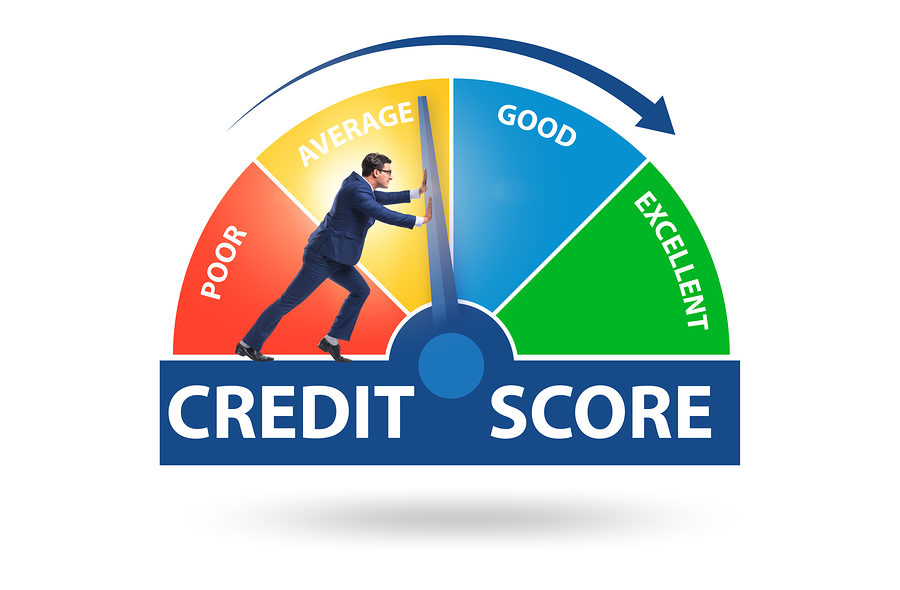Fair Isaac Corporation, the company behind the credit score used widely by lenders across the country, otherwise known as the FICO score, announced that two new scoring models will be released this summer. These changes will impact consumers in the future, which is why it is important that consumers understand these changes and plan for what they can to keep their credit scores in a good range.
The FICO score is a three-digit credit score that is based on a person’s credit report. The score is a quick way for lenders to be able to assess the borrower’s credit history and to determine whether the borrower is a lending risk. FICO scores range between 300 to 850, with the higher the score the better. The better the person’s FICO score is, the more likely he or she will be approved for financing.




